Content:
- What is an incubator
- Types of incubators
- How to choose an incubator: comparative characteristics
- How to choose an incubator with automatic egg turning: Top 10 rating
- The easiest incubators to manage
- Budget models
- Models for small poultry
- How to set up an incubator
- Automatic incubator operating instructions
- Experienced poultry breeders advice on how to choose the right incubator
There are some things you can't do without in the poultry industry. One such thing is an automatic incubator. There are a huge number of models of this device. The main thing is to choose the appropriate option.
What is an incubator
An incubator is, in fact, a device for raising poultry chicks from eggs without the participation of a hen. A household incubator can be designed for a different number of eggs and is designed to "incubate" different types of poultry (chickens, ducks, quails).
An incubator is a device in which eggs are laid for "incubation", only the role of a brood is performed by a device in which an optimal microclimate is maintained: the temperature and humidity of the air necessary for the quick birth of healthy and strong chicks.
Such a device usually operates from the mains, but there are compact models (mini-incubators) that operate on rechargeable batteries. Thus, most devices can only be operated in a room where there is a working electrical outlet with the required voltage. Each machine has compartments for eggs, as well as a temperature and humidity regulator. There may be all sorts of additional functions.
Why do you need an egg incubator
An egg incubator is a must for every poultry breeder. This term usually refers to an automatic egg incubator. This device allows you to quickly get chicks from eggs in conditions close to natural conditions, therefore, "incubator" chicks are in good health and almost always survive.
An incubator for eggs is needed when, for some reason, the hen cannot hatch eggs on its own. For example, it may be needed in case of sudden death or illness of a brood hen. Also, such an apparatus is relevant when growing quail, since domestic quail is devoid of the instinct of incubation and never incubates its eggs on its own.
In this case, it is generally impossible to do without an innovative device. Also, this device is needed by those who have bought young birds, but do not yet have adults on the farm. As a rule, these are novice poultry farmers. An apparatus for incubating eggs is also needed for those who decided to breed chicks in a city apartment.
Types of incubators
Incubators are of different sizes (normal and mini incubators), differ in cost and in the number of functions, as well as in the way of operation - automatic and semi-automatic.
By capacity, these devices are divided into household, industrial and farm. Household eggs hold the least amount of eggs, and most of all industrial ones. Household ones are usually designed for 200 eggs, no more. But on the other hand, industrial devices have one very serious drawback: it is necessary to constantly monitor their uninterrupted operation. If a sudden power surge occurs, the power is cut off, or any part fails while the incubator is in operation, all the chicks will die.
Features of automatic incubators
Automatic chicken egg incubators exist in different modifications. They can work both from the mains and from the battery.
The most important advantage of an automatic device is that the eggs turn over on their own without human intervention. When setting up the appliance, a certain cycle is set (for example, 4 hours), and after this time the eggs will turn over each time. The main thing is to make sure that the time settings are not lost.
How to choose an incubator: comparative characteristics
| Name | Advantages | disadvantages |
|---|---|---|
| Tgb (tgb 210) | The tgb incubator is inexpensive and easy to operate. | It has all the same functions as the Iph incubator, but it breaks down much more often. |
| Laying hen ovo (ovo 78) | Outwardly, it reminds everyone of the well-known Ifkh. Therefore, for those who know how to handle the IFX model, it will not be difficult to deal with the "laying hen". | Incubator An ovo hen is quite complex, it is not easy to set up without experience. |
| Pestle | Differs in compactness. The Pestrushka incubator is a good option for those who have little space. | Pestle contains the same set of functions as the Petushok incubator, but costs more. |
| Poseda | Available in various modifications. Each version of the Poseda incubator is designed for a certain number of eggs. There are many modifications. | If misused, not all chicks will hatch from the eggs. It is difficult to predict what percentage of eggs will be "uncovered". |
| Egger | The Egger Hatcher has many different functions and is easy to set up. | Egger is a device for which it is difficult to find parts and spare parts in the event of a breakdown. |
| NBF (nbf) | It costs less than Zeus, but has all the same features. | The operating instructions are quite difficult to understand. |
| Co2 shaker | Takes up little space. It is similar to the Kvochka incubator, but much easier to operate. Doesn't consume a lot of energy. | Fails more often than the popular Msn model, and it is more difficult to find spare parts. Usually, parts for the Shaker have to be found on the Internet from experienced poultry farmers. |
| Veshensky | Good for both small and large home farms. | Also, like Neptune, it consumes a lot of energy. Consumption can be much higher than what other automatic incubators will accept. |
| Iph 10 | The performance is higher than the NBF, which costs about the same. | The "automatic egg flipping" function quickly fails with minor deviations from the operating rules. |
| Norm 72 co2 | Recommended for use not only in small, but also in large farms. | It has a rather complex design. It is difficult to understand the description and instructions. |
How to choose an incubator with automatic egg turning: Top 10 rating
Based on feedback from experts and experienced poultry farmers, numerous ratings of industrial incubators have been created. Below are the 10 most popular models of poultry owners:
- Sititek (Sititek);
- Station wagon 55;
- Lupper 72;
- Kvochka;
- Iup-f-45;
- IF-672;
- Covina super 49;
- King Suro 20;
- Rcom 50 pro;
- Ramil 2000.
These models are distinguished by their high performance and inexpensive cost, therefore they are recommended by experts for use in private and public poultry farms. Also recently, the bi 1 incubator is very popular with home farmers.
The easiest incubators to manage
When choosing a device, it is important to pay attention not only to its technical parameters, but also to ease of use. Below are the simplest models to operate:
- Au 528;
- Max suro (severe 20);
- Wq 18;
- Enem;
- Irtysh;
- Birdie;
- Charlie;
- Iup f 45;
- IFX 500;
- Nest;
- Phoenix.
The equipment manufactured by the Azov Incubator and the Izobilny incubator manufactured in the city of Izobilny, Stavropol Territory, are also distinguished by their ease of operation.
Budget models
Below is a rating of inexpensive but high-quality devices. Any novice poultry breeder can afford such equipment. Budget models include the following:
- Neptune;
- Stimulus;
- Farmer;
- Teplushka;
- Titanium;
- Au 48;
- Ramil 2000;
- Brinsey;
- Zeus;
- Inca.
Inexpensive, but productive incubators are produced in the Republic of Crimea and in the Stavropol Territory. Also, for those who are limited in funds, the fully automatic incubator for laying 77 eggs is suitable.
Models for small poultry
Below are the models of incubators recommended for use in small poultry farms:
- hhd b;
- janoel 24;
- Blitz;
- Base;
- Ko to;
- Fluff;
- Lupper;
- Knight;
- Nest;
- Au 192;
- Argis;
- Msn 32.
All of the above models have high productivity and are suitable for those who are engaged in breeding poultry "for themselves", that is, not on an industrial scale. At the moment, the Blitz model is in the greatest demand in stores.
How to set up an incubator
An automatic incubator must be set up strictly following the operating instructions. Also, you can learn how to use a household incubator from more experienced poultry farmers.
First of all, the device must be installed where it will be during operation, and the specially designed compartment must be filled with water. The volume of liquid is usually indicated in the instructions. In any case, the tray should be maximum two thirds full. Next, you need to make sure that the outlet is reliable and can withstand the required voltage. Then the required temperature value is set using the built-in thermostat. The bottom edge of the temperature measuring device should be above the place where the eggs will be laid.
Then you should wait at least 24 hours and make sure that the temperature has not changed (an error of plus or minus 1 degree is permissible). If the set temperature is stably maintained in the incubator, you can proceed to the next stage of work - laying eggs. If the temperature dropped sharply during the day (or, conversely, increased), the incubator is not yet ready for operation; the temperature needs to be adjusted.
Automatic incubator operating instructions
When working with the incubator, it is necessary to strictly and step by step follow the steps indicated in the operating manual. Additionally, keep in mind the following:
- The mesh plate supplied with the most popular models of devices should lie with the smooth side up. This will help the eggs slide and roll better.
- Baffles should be in line with the size of the eggs to be hatched. Each compartment should be about 10 mm wider than the diameter of the egg, then the eggs will turn quickly, neatly, without hindrance.
- Above, where the incubator has a transparent part, there is a special rod. It is necessary so that the eggs periodically turn over. In order for the rod to perform its main function, it must be inserted into the channel of the movable tray before operation. Typically, most models turn eggs every four hours.
- The upper and lower halves of the device should fit as tightly as possible to each other, without forming irregularities, cracks and gaps. After making sure that the two halves are tightly connected, you can connect the device to the network.
If the device does not work, it is necessary to check the position of the fuse and, if the fuse is defective, replace it.
Experienced poultry breeders advice on how to choose the right incubator
Before choosing equipment for a poultry farm, you need to make sure that the seller offers a really high quality item. You should not make such purchases on the Internet and in TV shops. It is best to purchase the equipment directly from the manufacturer. The device must be accompanied by instructions in Russian.
When buying, you should pay attention to the number of eggs. If the poultry farm is small, it is not worth "just in case" to purchase a large, bulky apparatus that can hold many eggs. Such an apparatus consumes a large amount of electricity and, despite the increased power, it will be extremely unprofitable to use it for a small number of eggs.
When purchasing a device, you should also pay attention to the availability of spare parts for it on sale. It is for this reason that you should not buy models made in Europe. In Russia, you can simply not find spare parts and a repair specialist for such an incubator. It is best to purchase from a specialist hatchery store. It will also be possible, if necessary, to easily purchase spare parts there.
It is quite easy to buy an incubator, just visit a specialized store selling agricultural equipment. But in order for this device to bring real benefits, it is necessary to carefully study the basic principles of its operation.
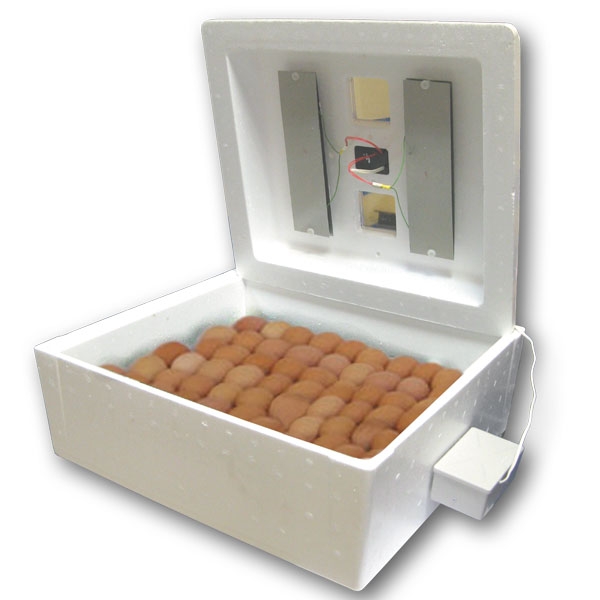
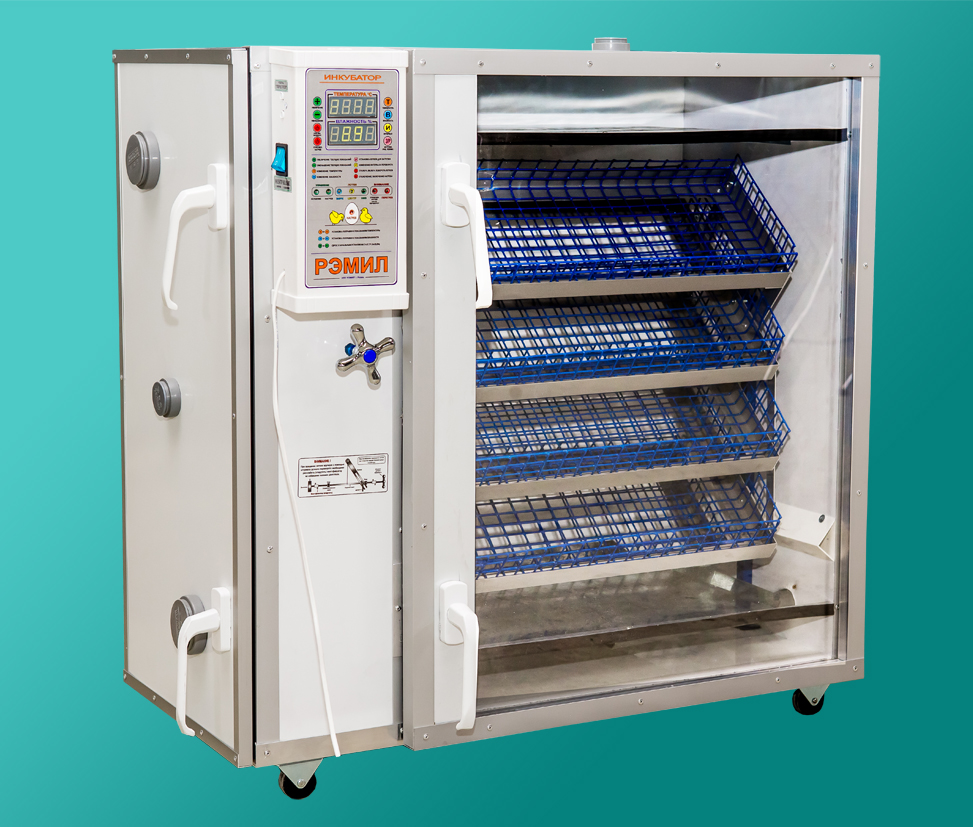

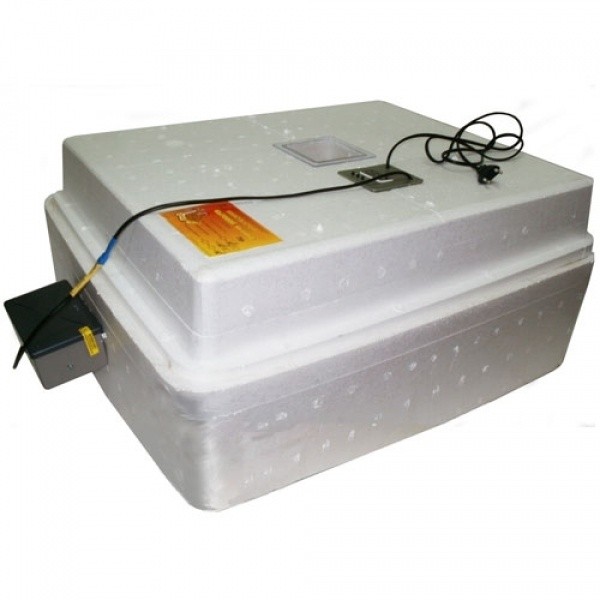
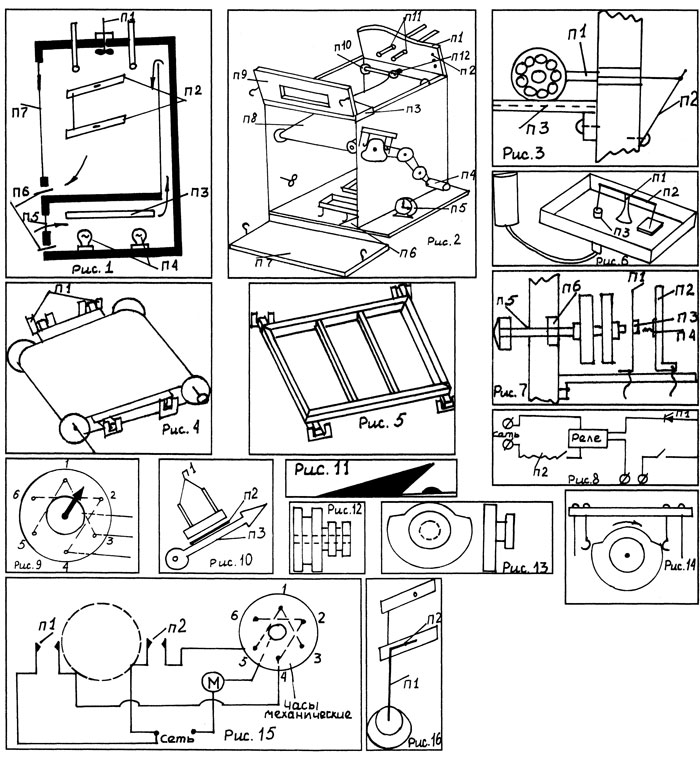
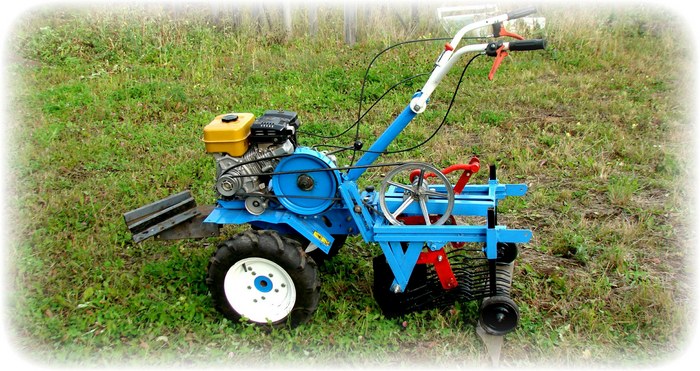


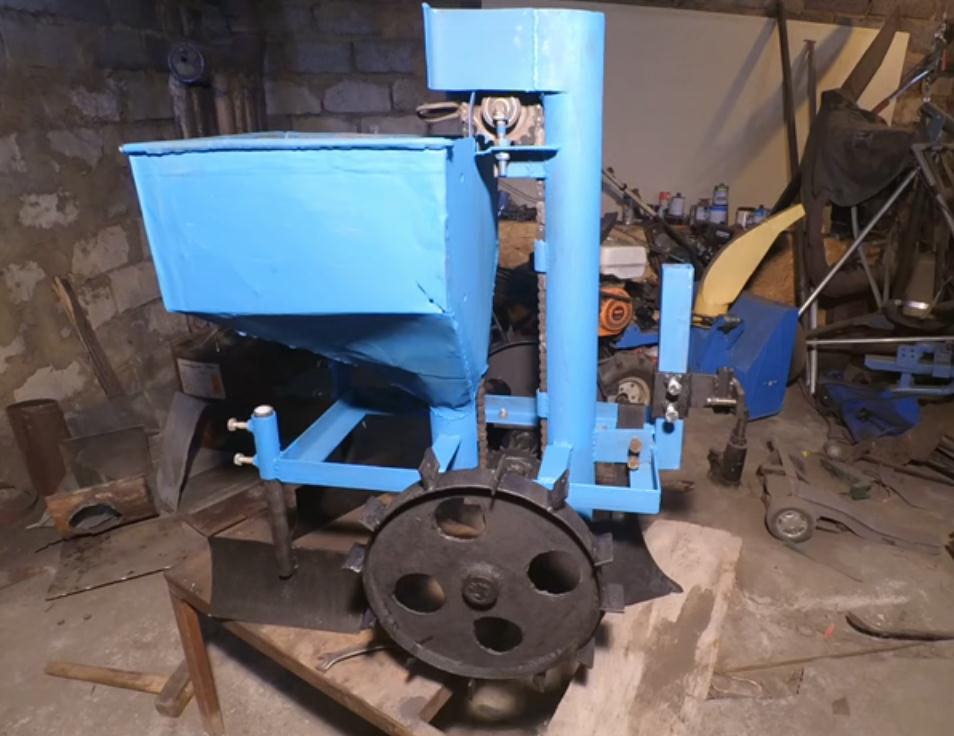









According to your rating, I chose sititek incubator (takes 1st place). I thought I would have to call a specialist to configure it, but it turned out that everything can be easily installed by yourself. I'm expecting a brood the other day.